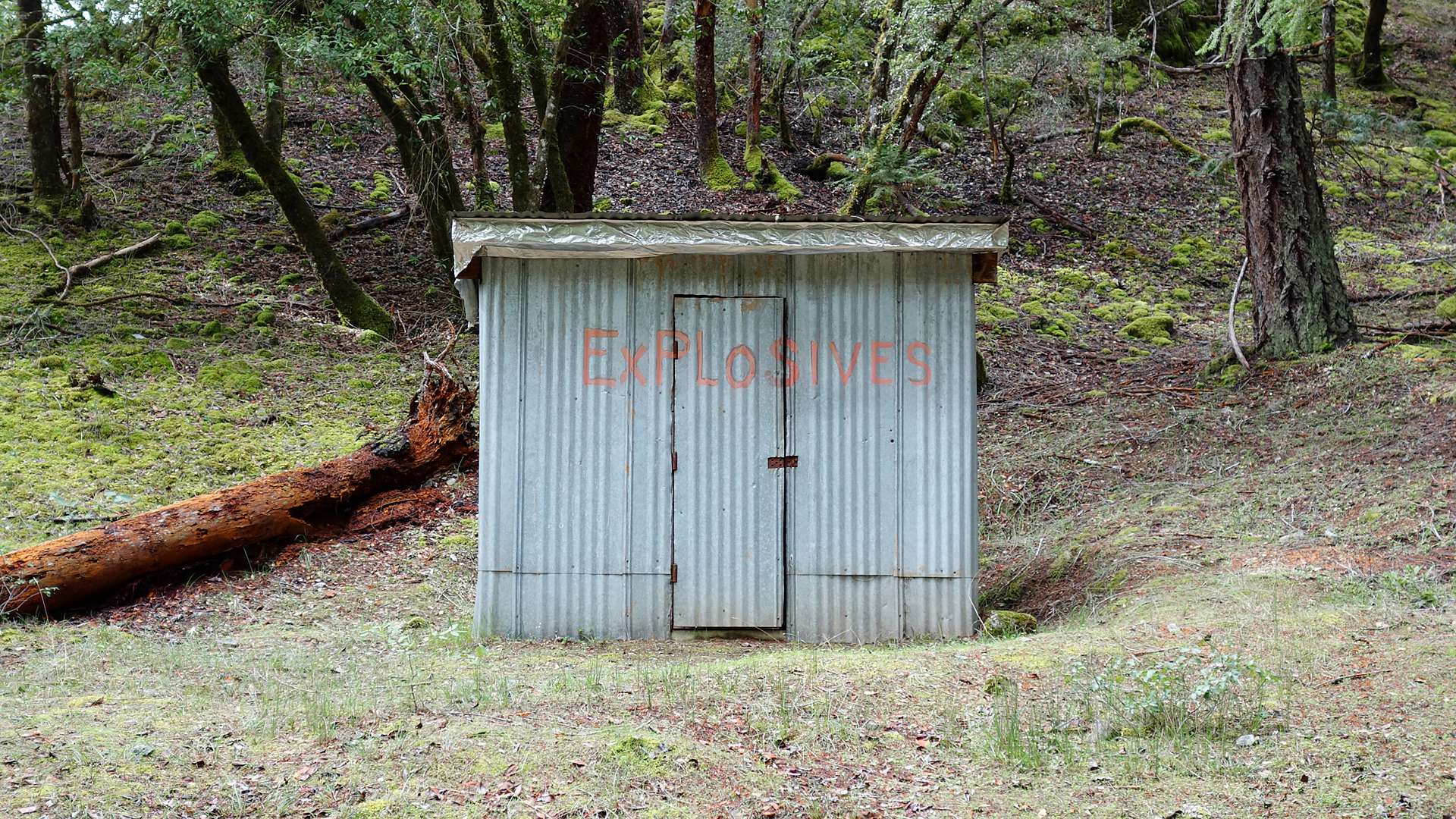Podcast: Download (Duration: 31:58 — 32.1MB)
Show Notes: Episode 080
Today on the First 40 Miles, staying inside has its benefits. No risk, but, no reward. On today’s Top 5 List we’ll help you put together your risk management plan. For today’s SUMMIT Gear Review, a lightweight, stuffable daypack that’s the perfect stowaway for your next backpacking trip. Next, on today’s Backpack Hack of the Week, it’s time to get organized. And we’ll leave you with a little trail wisdom that may help you to slow down a little.
Opening
- Risk Assessment 101
- How do you determine your risk level before you leave?
- What’s your skill level?
- What’s the trail difficulty?
- What are the conditions?
- What do recent trail reports say?
- What other challenges? (family, small children, alone, personal health risks)
- The greater the risk the more prepared you have to be
- This means you need to set things in place to reduce your risk
Top 5 Elements of Your Risk Management Plan
Physical Protection
- This element of your risk management plan protects you from the elements
- This includes extra clothing, rain gear, shelter, and emergency bivvy
- Hikers need to apply this advice twice, because backpackers already plan to be out for an extended period of time, but hikers will sometimes leave wearing shorts, and get caught in weather that they’re not prepared for
- Always factor physical protection into your risk management plan.
Navigation
- This element of the risk management plan protects you from the risk of being lost
- Navigation doesn’t have to include just a map. Often when hiking as a group, a predetermined camp site or meet-up point is chosen. This is part of your navigation. If you don’t show up, your group will be wondering what happened.
- GoTenna may be an option to look into for locating hikers in your group, using a pre-downloaded map
Communication
- This element of your risk management plan protects your from being invisible (or lost to others)
- All hikes—short or long—need to begin with a check in
- This means that you shoot off a text to a friend saying “Taking off for Rounder’s Loop. Back before dark.”
- And maybe just to put your mom’s mind at ease, let her know you will be out of cell range for a day or two—otherwise you’ll come home to a barrage of worried texts and voicemails.
- Another common way to communicate your plans is to leave a note under the driver’s seat with info scratched on the back of an old receipt saying where you’re going, and the time you expect to be back.
- Some backpackers who are out for weeks for months at a time, choose to use a more tech rout by using satellite phones or the SPOT device.
- Another option if you’re in a remote location, and you’re unable to hike out, even if you’re not in cell range, is to keep your phone turned off, but power up for five minutes each day. When turned on, cell phones “check in” with nearby towers every few minutes, leaving an electronic trail of “pings” for rescuers to follow. Phones do this even if the signal is too weak to make or receive calls
- See “Save Your Life With a Cell Phone”
Fuel
- This element of risk management protects you from poor decision making
- If you want to be able to take risks you need to make good choices, and being hungry can really mess with your brain.
- “Snickers: You’re not you when you’re hungry”
- Food goes a long way to help you make good choices
- Always bring an extra day’s worth of food—even if it’s just 4 PowerBars and some hard candy.
- Food, water and literal fuel
A second brain
- This element of your risk management plan protects you from yourself.
- There are so many benefits to hiking with a friend or group of friends
- Bringing along a trusted hiking friend means that you can decided if the risk is worth taking
SUMMIT Gear Review: Chico Travel Pack RePETE
Structure
- 100% post-consumer recycled plastic bottles.
- Breathable, adjustable shoulder straps
- Also has a sternum strap, which really isn’t 100% necessary—and they knew that so guess what they did? They designed it with diagonal slots so that it could be removed!
Utility
- Two way zipper that opens the main compartment
- Inside it has a hydration sleeve for your hydration bladder—or you can use it stuff your extra change of clothes or a map.
- On the outside, there is a small pouch that’s large enough to hold a few small personal items.
- Water bottle pockets. They’re both stretchy, and deep enough to hold your water bottles! You won’t be afraid of your water bottle falling out as you bounce down the trail
- Entire pack stuffs into outside pocket (where you were stowing your trail snacks) for convenient storage.
Mass
- 7 ounces
- 15 Liter pack
Maintenance
- Machine wash cold, no fabric softener, hang to dry
Investment
- $30
- Made with certified fair labor and one-year limited warranty.
Trial
- I frequently take this bag with me on little day outings when I just need a bag to hold all my stuff—and I love that it has enough pockets for things without having too many pockets.
- It’s a great size bag for kids, too. It’s flexible and lightweight
- And since it’s so lightweight, it’s great for keeping in your pack as a summit pack
- We have reviewed a day pack that was lighter, but it was missing some features that are the real strengths of this bag.
- The Chico Travel Bag has all the right features while weighing only 7 ounces
Backpack Hack of the Week™: Gear List
As you begin any new venture, from oil painting to bonsai, you’ll begin to collect a vast amount of supplies, gear, doodads, widgets and odd bits and pieces.
Backpacking is no different.
That means it’s time to put together your gear list.
Get all your gear out that you use for backpacking and lay it out on the floor in front of you. Backpacking gear had to do more than just “spark joy”. It all has specific, logistical, utilitarian functions.
If you lay everything out you’ll be able to see the gaps in your gear, make better decisions when making purchases, and manage the gear that you have. You can choose what elements if the gear you want to track. You may want to include weight, season, maintenance notes, or checkmarks determining frequency of use.
Trail Wisdom
“Commonly we stride through the out-of-doors too swiftly to see more than the most obvious and prominent things. For observing nature, the best pace is a snail’s pace.” –Edwin Way Teale

